15 Drone Statistics & Data – Updated in 2024
Last Updated on
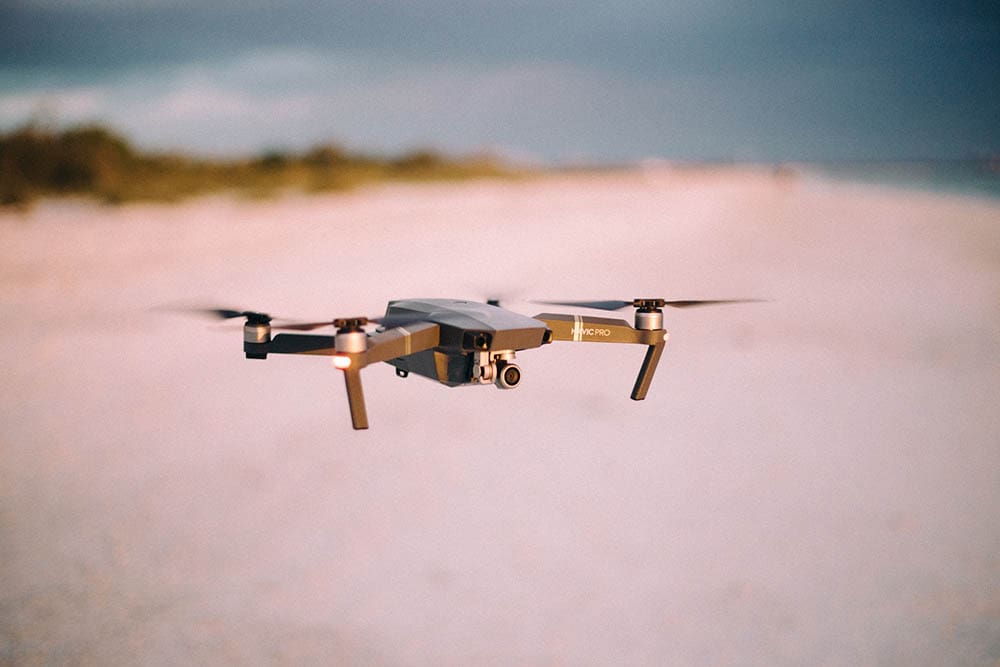
Note: This article’s statistics come from third-party sources and do not represent the opinions of this website.
Drone usage is on the rise and there’s plenty to learn about them.
That’s why we tracked down 15 different drone statistics and data for this year. While you might think that you have an understanding of the world of drones, there’s a good chance that there’s more going on than you realized!

The 15 Drone Statistics and Data Statistics
- 853,857 drones are registered in the United States.
- 270,183 people have their remote pilot certification.
- Global drone revenue is expected to grow to $63.6 billion by 2025.
- Sales revenue on drones is expected to reach over $1.2 billion in 2022.
- The average cost of a drone in 2022 is $540.
- More than half of all drone purchases happen online.
- You must register a drone over 0.55 pounds.
- If a drone weighs more than 55 pounds, you must register it with the FAA’s aircraft registry.
- The FAA receives more than 100 unmanned aircraft sightings each month.
- There are more than 150 state laws regulating drones.
- There were approximately 4,250 drone injuries from 2015 to 2020.
- 21% of drone injuries occur to those under the age of 18.
- The United States conducted 14,079 military drone strikes between 2015 and 2020.
- By 2025, drones are expected to create 103,776 jobs.
- Drones save one life a week on average.

Drones by the Numbers
1. 853,857 drones are registered in the United States.
(Federal Aviation Administration)
While there are over 850,000 registered drones in the United States, that doesn’t mean that’s the total number of drones. Plenty of people don’t register their drones when they should, and if a drone falls under a certain weight, it doesn’t need to be registered at all.
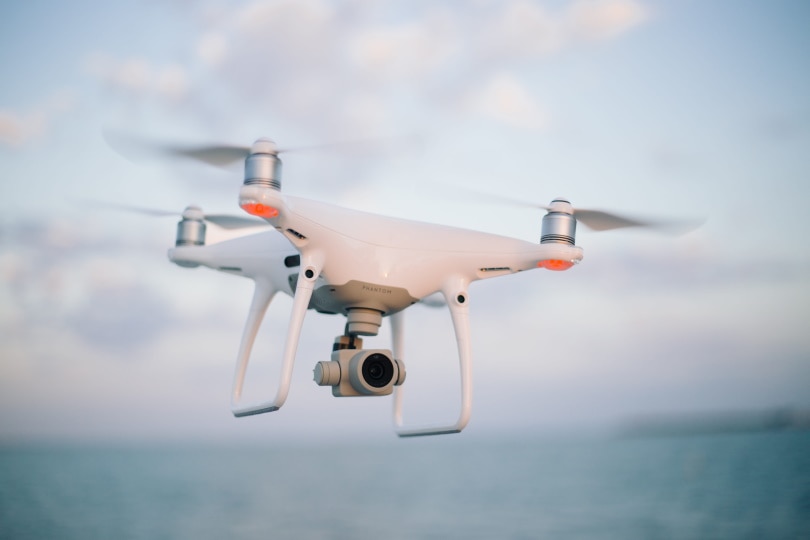
2. 270,183 people have their remote pilot certification.
(Federal Aviation Administration)
Not everyone needs a remote pilot certification. In fact, you only need one if you’re flying your drone for commercial purposes. If you only fly your drone recreationally, you do not need a remote pilot certification. However, you do need to take The Recreational UAS Safety Test (TRUST).

Money and Drones
3. Global drone revenue is expected to grow to $63.6 billion by 2025.
(Business Insider)
The drone business is booming. Whether you’re thinking of investing in drone companies or simply want to know what’s to come, you can expect to see more drones in many more industries over the coming years. Whether it’s surveying land, making deliveries, or something else, drones are here to stay.
4. Sales revenue on drones is expected to reach over $1.2 billion in 2022.
(Statista)
While the United States is only the second-largest drone market in the world (China is number one), it’s still expected to bring in over $1.2 billion in 2022. That’s a great deal of money changing hands for these flying devices!
5. The average cost of a drone in 2022 is $540.
(Statista)
With drones, you can go as big or as small as you want. There are $20 options out there, as well as ones that cost thousands of dollars. Taking all factors into consideration, the average drone price comes in just over $540.
That price is expected to drop over the coming years, but it’s not likely to dip below $500 anytime soon.
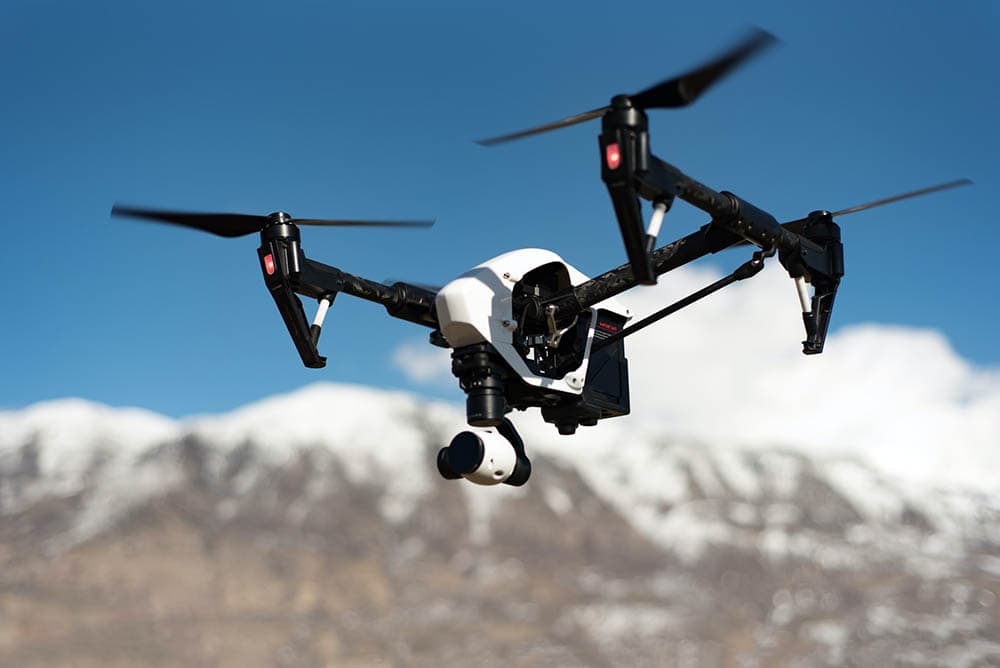
6. More than half of all drone purchases happen online.
(Statista)
There are plenty of drone stores out there, but if you’re trying to track down where most people purchase their drones, it’s online. More than half of the market shops for drones online, and that percentage only increases each year.

Laws and Drones
7. You must register a drone over 0.55 pounds.
(Insurance Information Institute)
You don’t need to register every drone out there, but with a minimum weight of just 0.55 pounds, you do need to register most drones to legally fly them. Luckily, it’s a straightforward process!
8. If a drone weighs more than 55 pounds, you must register it with the FAA’s aircraft registry.
(Insurance Information Institute)
Registering most drones is easy. But if you happen to have a massive drone that weighs more than 55 pounds, you have to register it in the FAA’s aircraft registry, which is an entirely different and far more comprehensive process.
9. The FAA receives more than 100 unmanned aircraft sightings each month.
(Federal Aviation Administration)
Whenever you’re flying a drone, ensure that you’re flying it somewhere you’re allowed to. The FAA receives more than 100 unmanned aircraft sighting reports each month, mostly from pilots and civilians around airports. Drones can cause tons of damage to planes, so only fly them in authorized areas.
10. There are more than 150 state laws regulating drones.
(Alliance for Drone Innovation)
There are many laws around drones and most of them vary by state. In fact, there are over 150 state laws that regulate drone activities. So, before you fly drones anywhere, ensure that you know all the local laws and regulations about them.


Miscellaneous Drone Facts
11. There were approximately 4,250 drone injuries from 2015 to 2020.
(University of Florida)
While drones can be a ton of fun, if you’re not careful, they can cause injuries too. Over a five-year period, there were 4,250 drone-related injuries, which works out to 850 drone injuries each year! Drones are not toys, so take them seriously when you’re flying them around.
12. 21% of drone injuries occur to those under the age of 18.
(University of Florida)
What’s most disturbing about drone injuries is that 21% of them happen to minors! You need to instruct children about drone safety and supervise them around drones. About 180 kids get hurt by drones each year!
13. The United States conducted 14,079 military drone strikes between 2015 and 2020.
(The Bureau of Investigative Journalism)
While most of us view drones as a recreational hobby or a new way to get work done, the United States military has been using them in operations for quite a while. From 2015 to 2020, there were over 14,000 drone strikes, which works out to about 7.5 drone strikes a day!
14. By 2025, drones are expected to create 103,776 jobs.
(Alliance for Drone Innovation)
There are many different ways that drones can create jobs. Not only do they require construction and maintenance, but you’ll also need operators, especially when surveying job sites or completing deliveries. Drones are expected to create over 100,000 jobs in the future!
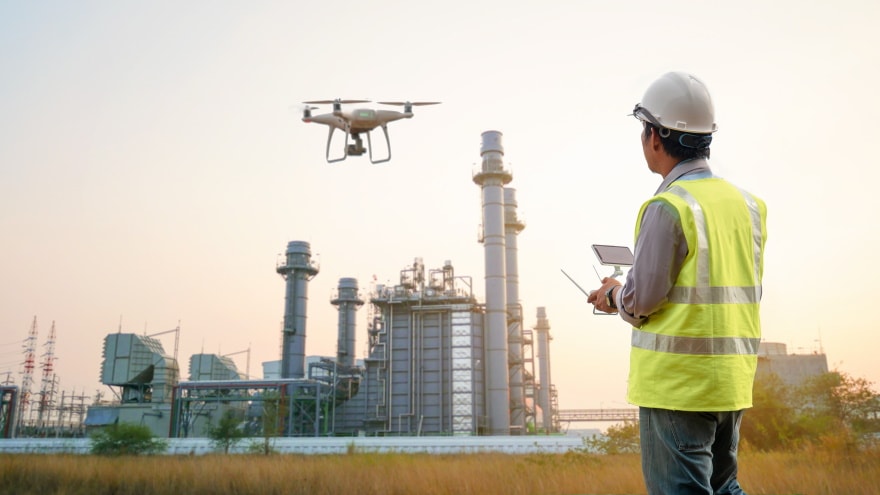
15. Drones save one life a week on average.
(DJI)
Sometimes drones can help out in ways that nothing else can. They help people see what’s going on in flood-covered areas, and they help emergency responders decide where to go next. Simply put, drones save lives.

Frequently Asked Questions About Drone Statistics and Data
There’s a ton of information about drones out there, but sometimes that information only leads to more questions. That’s why we answered a few of the most frequently asked questions for you here.
What is a drone pilot called?
A drone pilot is just that, but if you are looking for another name, a common one is a remote pilot because they fly the drones from a remote location.

How big can a drone get?
Most people are not likely to get a massive drone because if they get over 55 pounds, they need to be registered as an aircraft. That said, massive drones are out there. For instance, the Predator RQ-1 is a military drone that’s 27 feet long and 49 feet wide, which is the size of an aircraft!
Can you fly a drone without a license?
If you’re flying a drone for recreational purposes, you don’t need a full-blown license. However, you still need TRUST certification. These ensure that you know basic safety information and where you are and aren’t allowed to fly drones.
How much money can you make from flying drones?
While it does matter what industry you fly drones for, qualified drone operators can make a decent living.
The median income for drone operators sits right under $60,000 a year, but it is an extensive range. Some drone operators only make about $30,000 a year, while others clear six figures! (Glassdoor)
Can you fly a drone in the rain?
It depends on the drone. Some drones are watertight and waterproof, and if that’s the case, you can fly them in the rain. However, many lower-end drones don’t have this capability.
Also, keep in mind that drones often don’t have as much control in windy conditions. So, if there’s wind accompanying the rain, it might be best to keep your drone inside for the day.
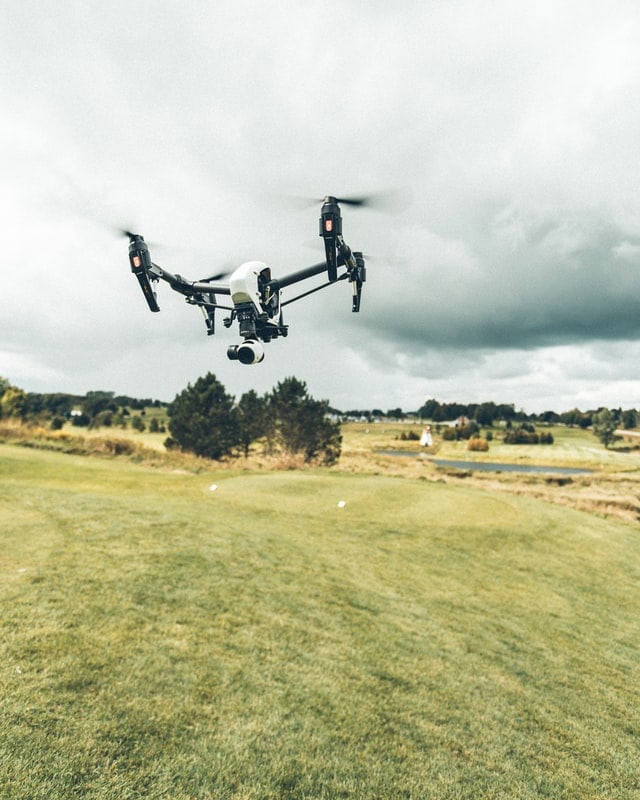
How hard is it to learn to fly a drone?
While you might think that drone flying is like driving a remote-control car, it’s actually more difficult than most people think. If you’re operating a high-end drone, even for recreational purposes, we highly recommend taking a drone-flying course to get a better feel for things.

Conclusion
Drones are creating tons of jobs and driving innovation, and people are transforming them into lifesaving tools just about every day! Whether you want to get into the drone fad or not, you can expect to see more of them when you’re out and about.
Featured Image Credit: Josh Sorenson, Unsplash
Table of Contents
- The 15 Drone Statistics and Data Statistics
- Drones by the Numbers
- Money and Drones
- Laws and Drones
- Miscellaneous Drone Facts
- 11. There were approximately 4,250 drone injuries from 2015 to 2020.
- 12. 21% of drone injuries occur to those under the age of 18.
- 13. The United States conducted 14,079 military drone strikes between 2015 and 2020.
- 14. By 2025, drones are expected to create 103,776 jobs.
- 15. Drones save one life a week on average.
- Frequently Asked Questions About Drone Statistics and Data
- Conclusion
About the Author Robert Sparks
Robert’s obsession with all things optical started early in life, when his optician father would bring home prototypes for Robert to play with. Nowadays, Robert is dedicated to helping others find the right optics for their needs. His hobbies include astronomy, astrophysics, and model building. Originally from Newark, NJ, he resides in Santa Fe, New Mexico, where the nighttime skies are filled with glittering stars.
Related Articles:
15 Photography Industry Statistics, Trends, & Data (2024 Update)
11 Security Camera Statistics & Data – 2024 Update
18 Virtual Reality Statistics and Data – Updated in 2024
12 Glasses Industry Statistics & Data – Updated in 2024
17 Red Light Camera Statistics & Data – Updated In 2024
13 Digital Camera Sales and Statistics – Updated In 2024
13 Police Body Camera Statistics and Data – Updated in 2024
